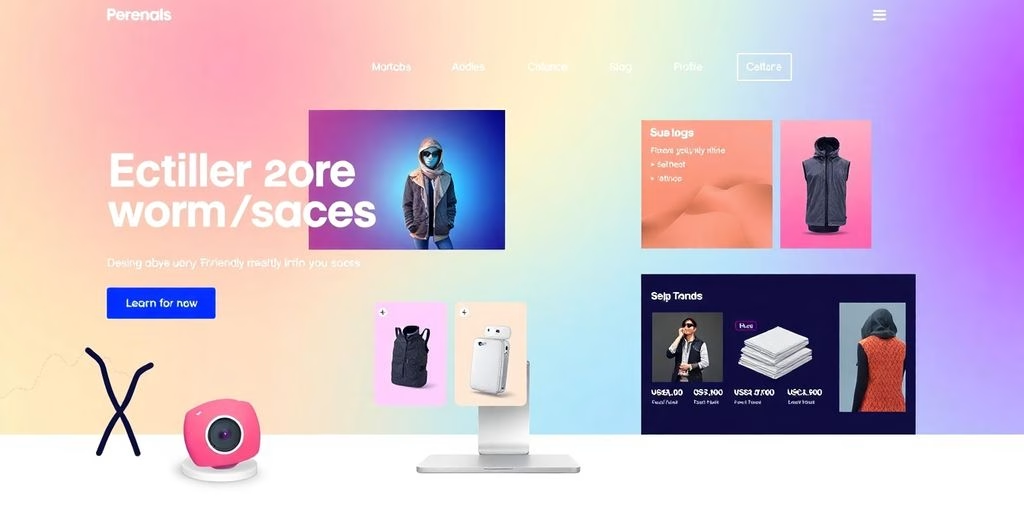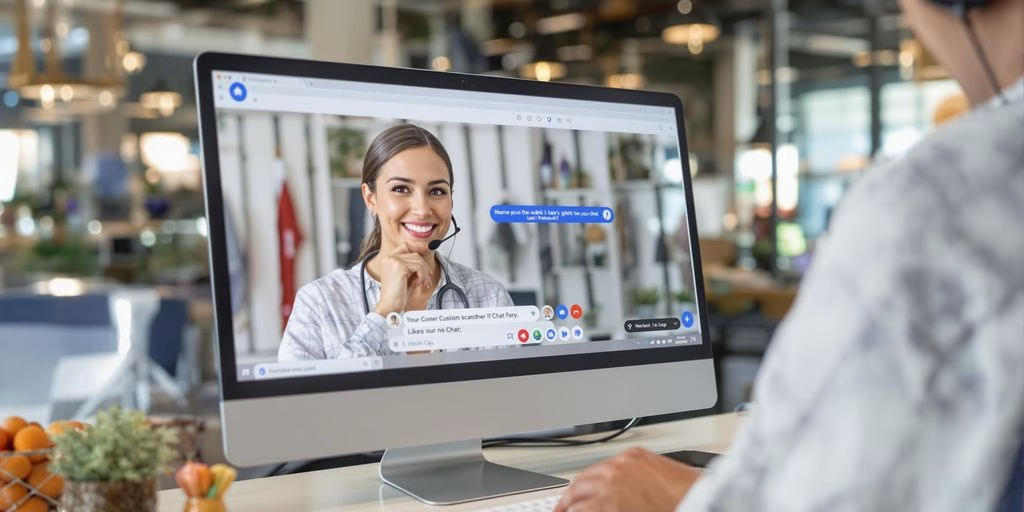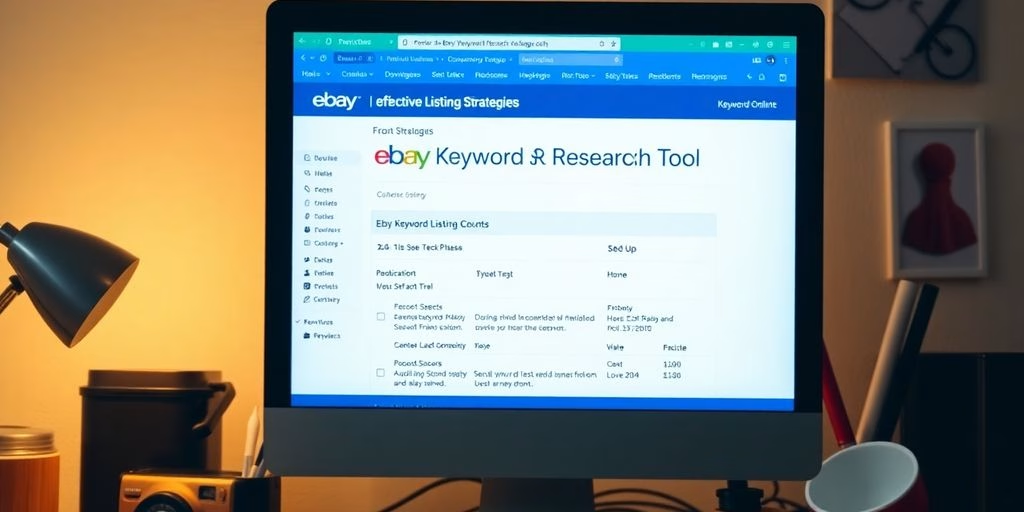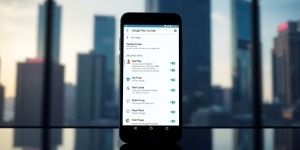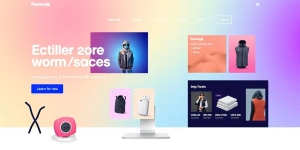The internet is like a vast city with countless websites as its buildings. Ever wondered how these websites are created? Web designers and web developers do that! It’s all thanks to the awesome world of web design and development! In this easy-to-understand guide, we’ll explore the basics of web design and development to help you unravel the mysteries behind the websites you visit every day.
Key Takeaways
- Web designers are responsible for creating the look and feel of websites, including layout, colors, fonts, and images.
- Web developers build the structure and functionality of websites, using programming languages like HTML, CSS, and JavaScript.
- Web designers and developers need a range of skills, including creativity, technical knowledge, and problem-solving abilities.
- User experience (UX) design is an important aspect of web design, focusing on creating engaging and user-friendly experiences for website visitors.
- Continuous learning and staying up-to-date with design trends are essential for web designers and developers to stay ahead in the industry.
The Art of Web Design
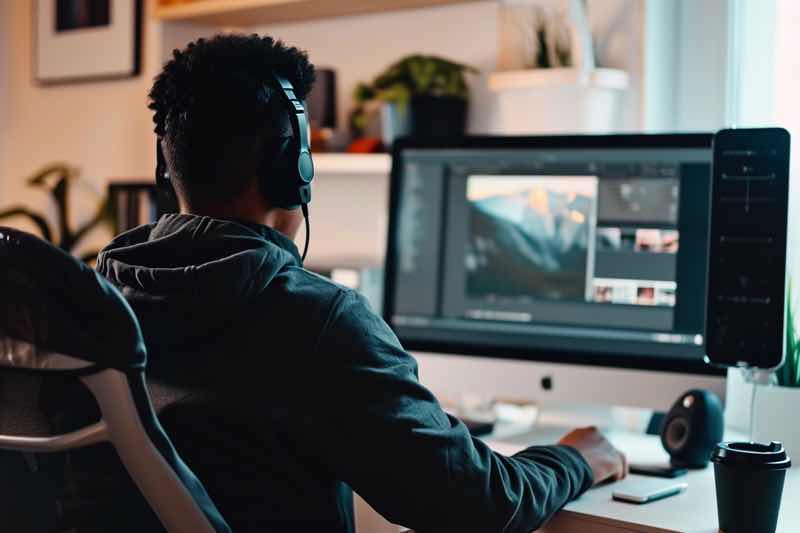
Understanding the Role of a Web Designer
Web design is like decorating and arranging the furniture inside a house. It’s all about making the website look good and easy to use. Just like arranging a room, web designers decide where to put things on a webpage to ensure it looks organized and not too crowded.
They also pick colors and fonts that match the website’s personality. A fun website might use bright colors and playful fonts, while a serious one might stick to more neutral tones and formal fonts. Web designers are the ones who choose images and graphics to make the site interesting and engaging.
The Evolution of Web Design
Web design has come a long way since the early days of the internet. Back in the day, websites were simple and static, with basic HTML and limited functionality. But as technology advanced and user expectations grew, web design evolved into a dynamic and interactive art form.
Today, web designers have a wide range of tools and technologies at their disposal to create stunning and user-friendly websites. From responsive design that adapts to different devices, to content management systems that make updates a breeze, web design has become a complex and exciting field.
The Skills Every Web Designer Should Have
When it comes to web design, having the right skills is crucial for success. Here are some essential skills that every web designer should possess:
- HTML: HTML is the foundation of every website. It’s like the skeleton that holds everything together. Web designers use HTML to structure the content and layout of a webpage.
- CSS: CSS is like the clothes the website wears. It styles the HTML elements, making them look pretty. Web designers use CSS to change colors, fonts, and layout.
- JavaScript: If HTML is the skeleton and CSS is the clothes, then JavaScript is the magic that makes things happen. It adds interactivity to a website, like pop-ups, animations, and cool features.
- Responsive Design: With the increasing use of mobile devices, responsive design has become essential. Web designers need to ensure that websites look and function well on different screen sizes.
Having a strong foundation in these skills will enable web designers to create visually appealing and user-friendly websites that meet the needs of their clients.
Crafting User-Friendly Websites

Creating Engaging User Experiences
In the ever-evolving landscape of digital experiences, user interface (UI) design plays a pivotal role in creating engaging and user-friendly applications and websites. By optimizing navigation and usability, integrating interactive elements, and building trust and credibility, web designers can create remarkable user interfaces that captivate and delight users. But how can you ensure that your designs are truly engaging? Here are some key principles to keep in mind:
- Optimizing navigation and usability: Make it easy for users to navigate your website or application by organizing content logically and providing clear calls to action.
- Integrating interactive elements: Incorporate interactive features like animations, hover effects, and microinteractions to make the user experience more dynamic and engaging.
- Building trust and credibility: Use visual cues, such as professional branding and testimonials, to establish trust and credibility with your users.
Remember, practice makes perfect, so embrace challenges, seek feedback, and enjoy the process of bringing your design ideas to life. Happy designing!
The Importance of Responsive Design
In the era of multiple devices and screen sizes, responsive design is paramount. It ensures that your website adapts seamlessly to different screen sizes, providing a consistent and enjoyable experience across devices. With the increasing use of smartphones and tablets, it’s crucial to prioritize responsive design to reach a wider audience and keep them engaged.
Responsive design also improves user experience, as it allows for optimal viewing and interaction on any device. By implementing responsive design, you can enhance your website’s accessibility and usability, making it easier for users to navigate and find the information they need.
Optimizing Website Performance
Optimizing website performance is crucial for ensuring a smooth user experience and maximizing conversions. To achieve this, web designers should prioritize the following strategies:
- Optimize for mobile users: With the increasing use of smartphones and tablets, it’s essential to design websites that are mobile-friendly. This includes responsive design and optimizing page load speed.
- Implement SEO strategies: Search engine optimization is key to driving organic traffic to your website. Focus on keyword research, meta tags, and optimizing content for search engines.
- Create engaging and shareable content: Content plays a vital role in attracting and retaining visitors. Make sure your content is relevant, answers questions, and is easy to read. Encourage social sharing to increase your website’s visibility.
By implementing these strategies, web designers can create high-performing websites that deliver a seamless user experience and drive conversions.
Collaboration and Communication

Working with Clients and Stakeholders
When working with clients and stakeholders, collaboration and effective communication are key. Including essential players in the development of the design strategy, such as designers, developers, marketers, and business leaders, ensures that the plan is aligned with the organization’s overall goals and has the backing of all necessary partners. This collaborative approach not only strengthens the design process but also builds a sense of ownership and commitment among team members.
To keep the design strategy on track, it is important to adopt an iterative design methodology. Regularly producing prototypes and testing them with users allows for valuable feedback that can be used to improve and refine the design. This iterative process ensures that the final product meets the needs and expectations of both the client and the end users.
In addition, it is crucial to maintain open lines of communication throughout the project. Regularly updating clients and stakeholders on the progress, addressing any concerns or questions, and actively seeking feedback fosters a positive working relationship and helps to avoid misunderstandings or misalignments.
By working closely with clients and stakeholders, web designers can create websites that not only meet the functional requirements but also align with the organization’s goals and effectively communicate the desired message to the target audience.
Effective Communication in Web Design
Effective communication is a vital skill for web designers. It allows them to understand the needs and goals of their clients and stakeholders, ensuring that the final product meets their expectations. Clear and concise communication also helps in conveying design ideas and concepts to the development team, resulting in a cohesive and successful website. Additionally, effective communication enables web designers to provide timely updates and progress reports, keeping everyone involved in the project informed and engaged.
To enhance communication in web design, consider the following:
- Active listening: Paying attention to client feedback and understanding their vision is crucial for creating a website that aligns with their goals.
- Visual aids: Utilize wireframes, mockups, and visual prototypes to effectively communicate design concepts and layout.
- Collaboration tools: Utilize project management and communication tools to streamline communication and ensure everyone is on the same page.
Remember, effective communication is not just about conveying information, but also about building strong relationships and fostering trust with clients and team members.
The Art of Giving and Receiving Feedback
Giving and receiving feedback is an essential part of the web design process. It allows designers to improve their work and create better user experiences. When giving feedback, it’s important to be constructive and specific, focusing on areas that can be improved rather than criticizing the entire design. Similarly, when receiving feedback, it’s important to listen with an open mind and consider the suggestions objectively. Remember, feedback is not a personal attack but an opportunity for growth.
To make the most out of feedback, here are some tips:
- Be specific: Instead of saying ‘I don’t like it,’ provide specific examples of what can be improved.
- Offer solutions: If you have suggestions for improvement, share them along with your feedback.
- Balance positive and negative feedback: Acknowledge the strengths of the design while also pointing out areas that need improvement.
- Embrace different perspectives: Feedback from clients, stakeholders, and users can provide valuable insights and help you see your design from different angles.
In the words of Steve Jobs, ‘Your work is going to fill a large part of your life, and the only way to be truly satisfied is to do what you believe is great work. And the only way to do great work is to love what you do.’ So embrace feedback, learn from it, and continue to grow as a web designer.
Staying Ahead in the Web Design Industry

Keeping Up with Design Trends
In the fast-paced world of web design, staying up-to-date with the latest design trends is crucial. Design trends are constantly evolving, and what may be popular today could be outdated tomorrow. To ensure your designs are fresh and relevant, here are some tips for keeping up with design trends:
- Follow influential designers and design blogs to stay informed about the latest trends and techniques.
- Participate in online communities and forums to engage with other designers and share ideas.
- Attend design conferences and workshops to learn from industry experts and gain new insights.
- Experiment with new design tools and technologies to stay ahead of the curve.
Remember, staying current with design trends not only helps you create visually appealing websites, but it also shows clients that you are knowledgeable and up-to-date with the latest industry standards.
Continuous Learning and Professional Development
Continuous learning and professional development are essential for web designers to stay ahead in the ever-evolving field of web design. As technology and design trends continue to change, it is crucial for web designers to keep up with the latest tools, techniques, and best practices. Here are some ways web designers can continue to grow and improve their skills:
- Attend industry conferences and workshops: Conferences and workshops provide opportunities to learn from industry experts, network with other professionals, and gain insights into the latest trends and technologies.
- Take online courses and tutorials: Online courses and tutorials offer flexibility and convenience, allowing web designers to learn at their own pace and on their own schedule. Platforms like Codecademy, Udemy, and Coursera offer a wide range of web design courses.
- Join web design communities and forums: Engaging with other web designers in online communities and forums can provide valuable insights, feedback, and support. It’s a great way to stay connected with the industry and learn from others’ experiences.
- Experiment and practice: Web designers should always be experimenting with new techniques and tools, pushing the boundaries of their creativity. By continuously practicing and trying new things, web designers can refine their skills and stay ahead of the curve.
Remember, in the fast-paced world of web design, continuous learning and professional development are key to success.
Building a Strong Web Design Portfolio
Building a strong web design portfolio is essential for showcasing your skills and attracting potential clients. It’s like a visual resume that demonstrates your expertise and creativity in the field. Here are some tips to help you create a standout portfolio:
- Highlight Your Best Work: Choose your most impressive projects and showcase them prominently in your portfolio. These examples should demonstrate your ability to create visually appealing and user-friendly websites.
- Tell a Story: Use your portfolio to tell a story about your design process and the problem-solving skills you bring to the table. Explain the challenges you faced and how you overcame them to create successful designs.
- Include Client Testimonials: Adding testimonials from satisfied clients can add credibility to your portfolio and show that you have a track record of delivering high-quality work.
- Keep it Updated: Regularly update your portfolio with your latest projects and remove outdated work. This shows that you are actively working and staying up-to-date with current design trends.
Building a strong web design portfolio takes time and effort, but it’s worth it. It can be the key to landing new clients and establishing yourself as a skilled web designer.
In Conclusion
Web design and development may sound like big words, but they’re like the architects and builders of the internet city. Designers make it look awesome, and developers make it work smoothly. The next time you explore a website, remember the creative minds behind it, crafting a world of possibilities on the web!
FAQs
What is web design?
Web design is the process of creating the visual look and feel of a website. It involves designing the layout, colors, fonts, and graphics to create an aesthetically pleasing and user-friendly website.
What is web development?
Web development is the process of building the structure and functionality of a website. It involves writing code to create the backend and frontend of a website, making it work smoothly and interact with users.
What skills do I need to become a web designer?
To become a web designer, you need skills in graphic design, user experience (UX) design, HTML, CSS, and JavaScript. It’s also helpful to have knowledge of responsive design, SEO, and web accessibility.
What is responsive design?
Responsive design is an approach to web design that ensures a website looks and functions well on different devices and screen sizes. It involves using flexible layouts, images, and media queries to adapt the website’s design to different screen resolutions.
How do web designers work with clients?
Web designers work closely with clients to understand their goals, target audience, and design preferences. They collaborate with clients throughout the design process, gathering feedback and making revisions to ensure the final website meets the client’s expectations.
How can I stay updated with the latest web design trends?
To stay updated with the latest web design trends, you can follow design blogs and websites, participate in online design communities, attend design conferences and workshops, and continuously learn and experiment with new design techniques and tools.

![A Comprehensive Guide to Google Play Console Pricing [n8n]](https://cworks.id/wp-content/uploads/2025/09/cover-image-24622.avif)
![Understanding the Google Play Console Price: What Developers Need to Know [arvow]](https://cworks.id/wp-content/uploads/2025/05/4755037cthumbnail.avif)

